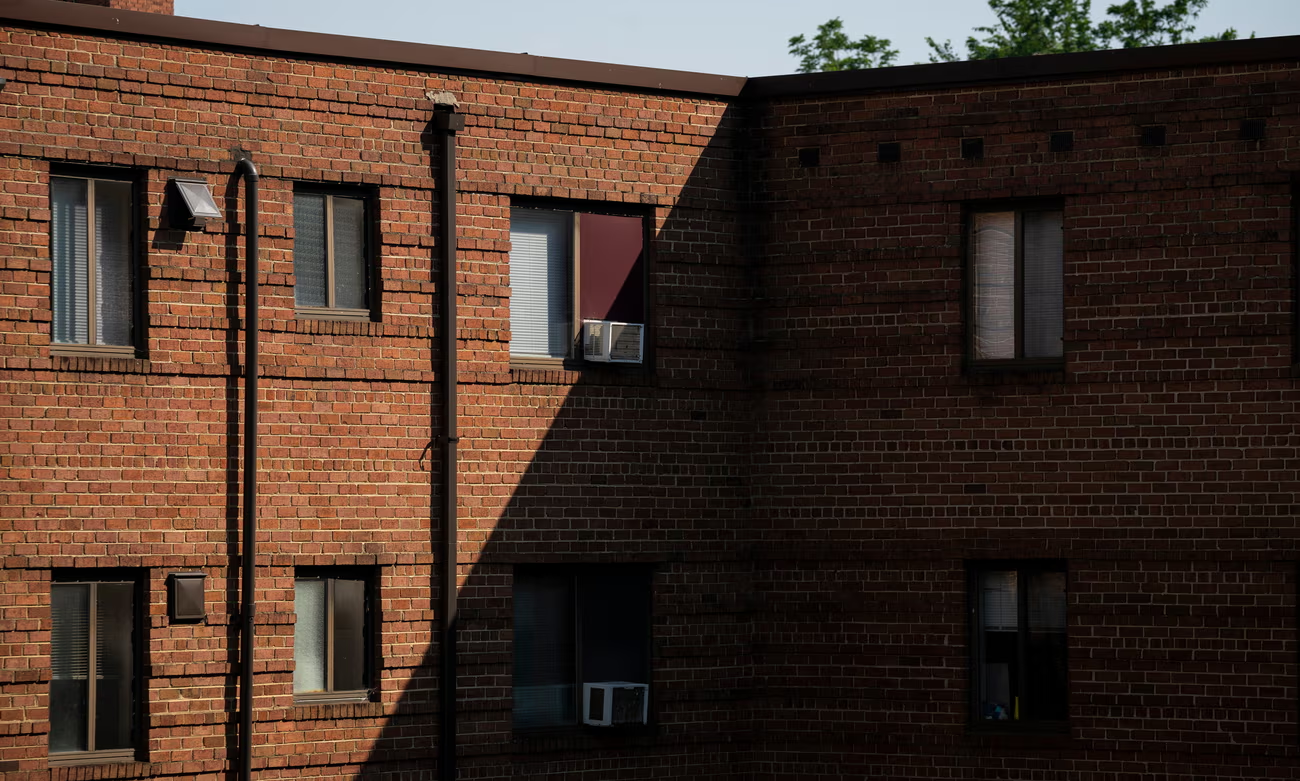Michael Crowley runs his air conditioner nonstop on hot summer days to keep his cat, Arya, comfortable. But when the Richmond, Virginia, chef got home after work on 7 August 2022, it “felt like 100 degrees”. His power was out. He phoned his leasing office and was told his electricity bill was unpaid.
Crowley protested, saying his utilities had long been covered by his rent check. But then he learned his building’s new property manager required tenants to pay for power separately – something Crowley said was unclear. No one told him about the delinquent bill, he said.
His power remained shut off for three days as the mercury climbed to 93F (34C). The battery-operated fans he bought were no match for the oppressive heat. He filled Arya’s bowl with cool water, but she seemed “a little scared”. He, too, worried that she would get sick.
“I was freaking out,” he said. “What was I supposed to do?”
Summer electricity disconnections can be not only anxiety-producing but also dangerous. Last summer, one Arizona woman died after her power was cut over a $51 debt.
Today, Crowley’s shutoff would be illegal. Amid record heat this June, Virginia banned utility companies from disconnecting services when temperatures reach 92F or higher.
But in 27 states, utilities can still disconnect power for non-payment on the hottest days. That includes some of the hottest US states, such as Hawaii and Florida, as well as many that ban shutoffs in the extreme cold.
...
It’s difficult to know the national scope of the issue, as utilities in 22 states are not currently required to provide data on shutoffs. This makes it “impossible for policymakers to know which communities are affected and how”, said Goodson Bell.
Some utilities collect data on shutoffs, but only 10% publicly release that information, said Sanya Carley, who co-directs the Energy Justice Lab at Indiana University.
“The lack of data transparency is a major problem,” said Carley, who is also an energy policy expert at the University of Pennsylvania.
The available numbers show a troubling trend. According to the Energy Justice Lab’s disconnection tracker, energy utility providers in 2022 shut off power to at least 3 million customers over missed bill payments, and more than 30% of those events happened during summer months.
A separate 2023 analysis from the Center for Biological Diversity and the utility watchdog Energy and Policy Institute found that in the first 10 months of 2022, households had their electric power shut off for non-payment more than 1.5m times and their gas shut off 380,000 times, representing a 29% and 76% increase respectively over the previous year. And that’s just in the 30 states on which the researchers could obtain shutoff data.


